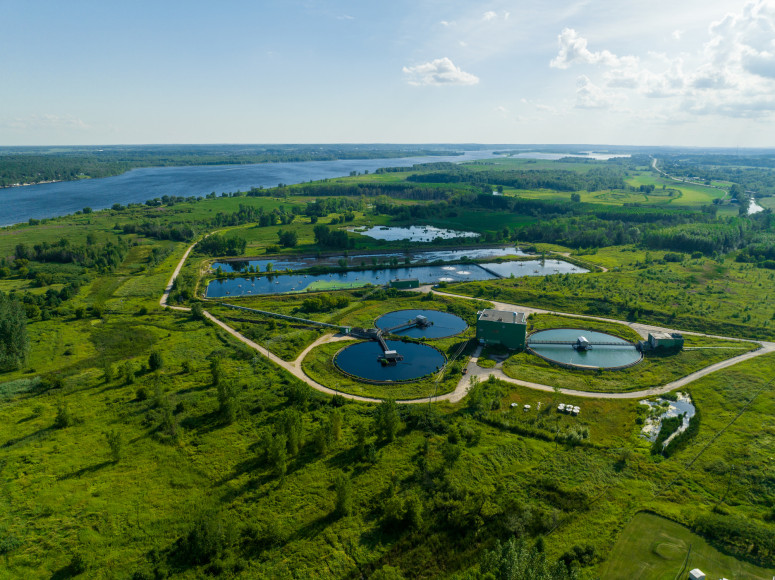Resource conservation and management is essential in today’s world, particularly in the world’s water-stressed regions. Global water supplies are under increasing pressure from water stress, climate change, pollution, population growth, and other factors. The World Bank also predicts that the urban population worldwide will approximately double by 2050 and contain two-thirds of the world’s population, which will drastically increase demand for reliable and safe water supply and sanitation services.
Water is a shared resource that impacts communities and companies around the globe, even businesses in which water is not directly material to their operations. The economic success of businesses, firms, and industries is affected by water risks. Water scarcity and poor quality can cause supply chain disruptions throughout the value chain, impact consumer outlook, and affect the health and wellbeing of employees. Businesses can play a critical role and should have a vested interest in ensuring a sustainable water supply.





